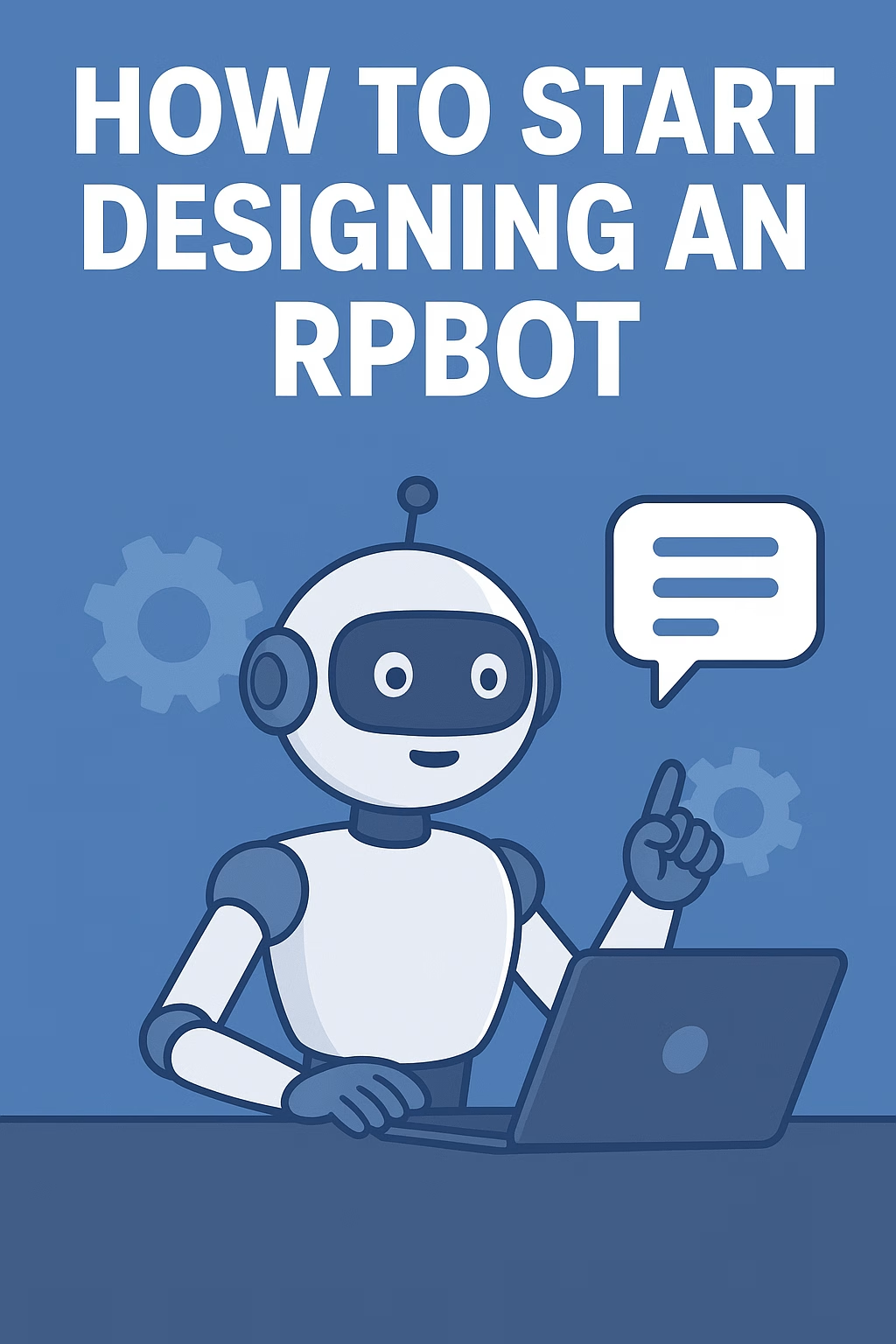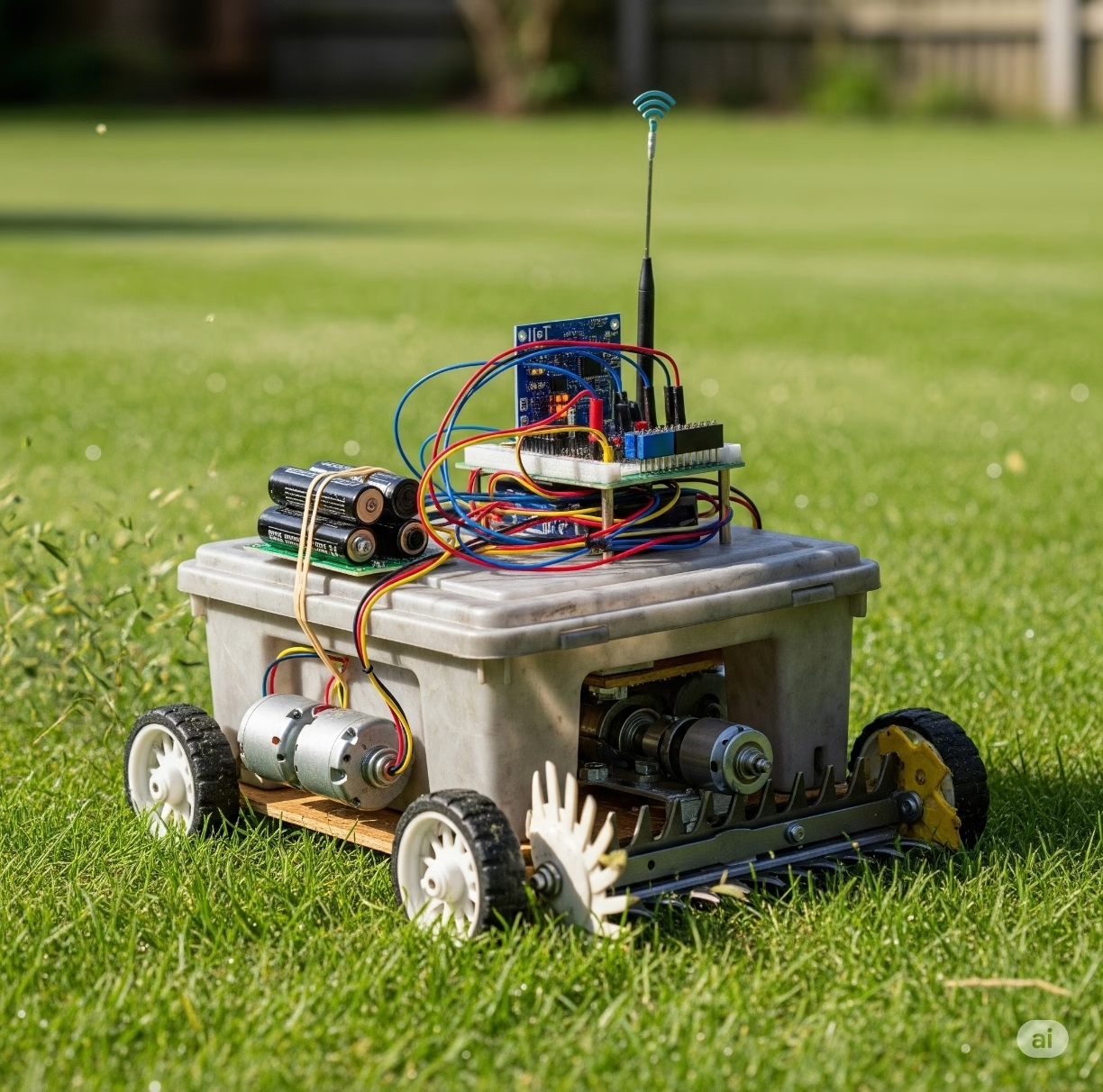A Comprehensive Guide
Introduction
RPBot (Role-Play Bot) is a specialized chatbot designed to simulate characters, personalities, or scenarios for interactive storytelling, customer engagement, or educational purposes. Whether you want to create a bot for entertainment, role-playing games, or business training simulations, the process requires a structured approach. This guide provides step-by-step instructions on where and how to begin.
1. Define the Purpose and Role of Your RPBot
Before starting any technical work, it is crucial to identify the objective of your RPBot:
- Entertainment → Interactive storytelling, character simulation, or RPG companions.
- Education → Language practice, history re-enactments, or virtual tutors.
- Business/Support → Customer service role-plays, sales training, or onboarding assistants.
Clearly defining the bot’s purpose ensures you design the right features and personality.
2. Choose a Personality and Story Framework
A successful RPBot should feel alive and believable. You need to decide on:
- Personality Traits (friendly, mysterious, formal, humorous).
- Background Story (who is the bot pretending to be?).
- Interaction Style (short responses, narrative storytelling, or dynamic conversations).
💡 Tip: Write a short character sheet, similar to a role-playing game (RPG) profile.
3. Select the Right Platform and Tools
Your development platform depends on your goal:
- No-Code Platforms: Chatfuel, ManyChat, Tidio (for beginners).
- AI-Powered APIs: OpenAI GPT models, Rasa, Dialogflow.
- Custom Development: Python, Node.js, or JavaScript-based chatbot frameworks.
If you want your RPBot to have advanced natural language processing (NLP), using an AI API is the most effective choice.
4. Design Conversation Flows
An RPBot must follow structured flows while allowing free interactions:
- Greeting & Introduction – How the bot introduces itself.
- Role Interaction – The main role-play content (e.g., a medieval knight answering questions).
- Fallbacks – Responses when the bot doesn’t understand the user.
- Special Features – Quests, storytelling, or decision-based branching dialogues.
📌 Use flowchart diagrams to visualize the conversation paths.
5. Implement AI and Context Handling
- Context Memory → Store user choices to maintain continuity.
- Dynamic Storytelling → Use variables (e.g., player name, quest progress).
- Emotional Responses → Adjust replies based on user tone.
This is where AI models like GPT-based APIs shine, as they can handle free-form conversation while staying in character.
6. Test and Refine the Experience
- Conduct beta tests with real users.
- Collect feedback on realism, engagement, and flow.
- Continuously adjust dialogue tone, pacing, and fallback messages.
7. Deploy Your RPBot
You can deploy the bot on:
- Websites (embedded chat widgets).
- Messaging Apps (WhatsApp, Telegram, Discord).
- Custom Platforms (VR/AR role-play environments).
Make sure to optimize for user accessibility and cross-device compatibility.
Conclusion
Designing an RPBot is not just about coding—it’s about storytelling, psychology, and user engagement. Start by defining the bot’s role, build its character, choose the right platform, and carefully design its conversation flow. With the right balance of AI and creativity, your RPBot can provide users with a truly immersive and interactive experience.
✨ What kind of RPBot do you have in mind—an RPG character, a customer service role-player, or maybe a futuristic AI companion?
Building an RPBot with Python and OpenAI API: Step-by-Step Guide
Introduction
If you want to create an advanced RPBot (Role-Play Bot), using an AI-powered language model like OpenAI GPT is one of the best starting points. This approach allows your bot to understand context, generate realistic dialogue, and role-play with a consistent personality.
In this guide, we’ll show you how to set up and code a simple RPBot in Python.
1. Requirements
Before starting, make sure you have:
- Python 3.9 or higher
- An OpenAI API key (you can get one from OpenAI Platform)
- Basic Python knowledge
Install the required libraries:
pip install openai
2. Basic RPBot Code
Here’s a simple Python script to get your RPBot working:
import openai
# Set your API key
openai.api_key = "YOUR_API_KEY_HERE"
# Define the bot’s role and personality
system_prompt = """
You are an RPBot playing the role of a medieval knight.
Your goal is to speak in old-fashioned English, using honorifics and dramatic tone.
Stay in character at all times.
"""
def ask_rpbot(user_input):
response = openai.ChatCompletion.create(
model="gpt-4o-mini", # or "gpt-4o"
messages=[
{"role": "system", "content": system_prompt},
{"role": "user", "content": user_input}
],
temperature=0.8, # more creativity
max_tokens=200
)
return response["choices"][0]["message"]["content"]
# Example conversation
while True:
user_text = input("You: ")
if user_text.lower() in ["exit", "quit"]:
break
bot_reply = ask_rpbot(user_text)
print("RPBot:", bot_reply)
3. How It Works
- system_prompt → Defines your RPBot’s identity and style. You can change it to any role (teacher, futuristic AI, pirate, etc.).
- user_input → Captures what the player types.
- ask_rpbot() → Sends the conversation to the OpenAI API and returns a role-play response.
- temperature → Controls creativity. Higher values (0.7–1.0) make the bot more imaginative.
4. Expanding the RPBot
You can enhance your RPBot with:
- Memory system → Store user choices (quests, names, past answers).
- Branching stories → Different outcomes based on user input.
- Integration → Deploy on Discord, Telegram, or a website.
- Voice interaction → Use text-to-speech for immersive role-play.
Example: Changing the Role
If you want your RPBot to be a futuristic AI commander, just update the system_prompt:
system_prompt = """
You are an RPBot acting as a futuristic AI commander guiding a space crew.
Speak with authority, futuristic vocabulary, and strategic advice.
Never break character.
"""
Conclusion
By combining Python, OpenAI API, and creative role design, you can create RPBot characters for storytelling, training, education, or entertainment. Start simple, then expand with memory, voice, and multi-platform integration.









